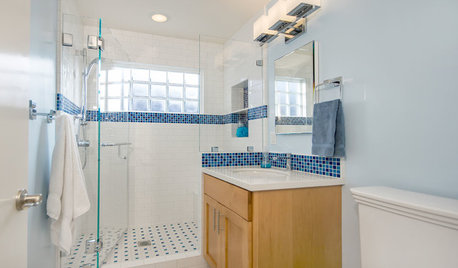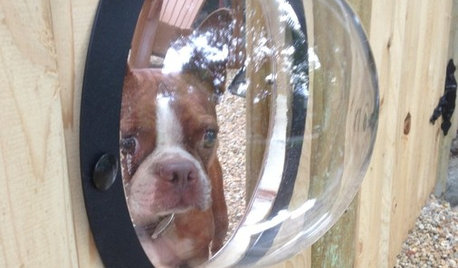Do phals have to show a spike before stopping temp changes?
angeleyedcat
14 years ago
Related Stories

BATHROOM DESIGNLight-Happy Changes Upgrade a Small Bathroom
Glass block windows, Starphire glass shower panes and bright white and blue tile make for a bright new bathroom design
Full Story
HOME TECHHow Smart TV Will Change Your Living Room
Get ready for the future of TV, in which your living room becomes a movie set, a communication hub and a gaming zone
Full Story
TILETop Tile Trends From the Coverings 2013 Show — the Wood Look
Get the beauty of wood while waving off potential splinters, rotting and long searches, thanks to eye-fooling ceramic and porcelain tiles
Full Story
MOST POPULARHow Bluetooth 4.0 Will Change Remote Control
Manage lights, TV, refrigerators and more through your phone or tablet when the latest wireless technology rolls into all your home devices
Full Story
LIFEHouzz Call: Show Us Your Nutty Home Fixes
If you've masterminded a solution — silly or ingenious — to a home issue, we want to know
Full Story
LIFEYou Showed Us: 20 Nutty Home Fixes
We made the call for your Band-Aid solutions around the house, and you delivered. Here's how you are making what's broken work again
Full Story
FARM YOUR YARDHouzz Call: Show Us Your One-of-a-Kind Chicken Coops
Do you have a fun or stylish backyard shelter for your feathered friends? Post your pictures and stories in the Comments!
Full Story
SUMMER GARDENINGHouzz Call: Please Show Us Your Summer Garden!
Share pictures of your home and yard this summer — we’d love to feature them in an upcoming story
Full Story
ARTShow News: Rare Quilts Get Museum Time
See 6 intricate designs from a California exhibition and get tips for building your own quilt collection
Full Story
PETSHouzz Call: Show Us Your Pet Projects!
Bubble windows, fountains, doghouses, showers — what outdoor treats have you put together for your furry friends?
Full StoryMore Discussions








terpguy
angeleyedcatOriginal Author
Related Professionals
New Bedford Landscape Architects & Landscape Designers · Glendora Landscape Architects & Landscape Designers · Simi Valley Landscape Architects & Landscape Designers · Wareham Landscape Architects & Landscape Designers · Paradise Landscape Architects & Landscape Designers · Washington Landscape Architects & Landscape Designers · Brooklyn Center Landscape Architects & Landscape Designers · Athens Landscape Contractors · Azalea Park Landscape Contractors · Hoffman Estates Landscape Contractors · Post Falls Landscape Contractors · Roswell Landscape Contractors · South Lyon Landscape Contractors · Irving General Contractors · Muskogee General ContractorsangeleyedcatOriginal Author
mehitabel
angeleyedcatOriginal Author
terpguy
angeleyedcatOriginal Author
stitzelweller
angeleyedcatOriginal Author
arthurm
angeleyedcatOriginal Author
arthurm